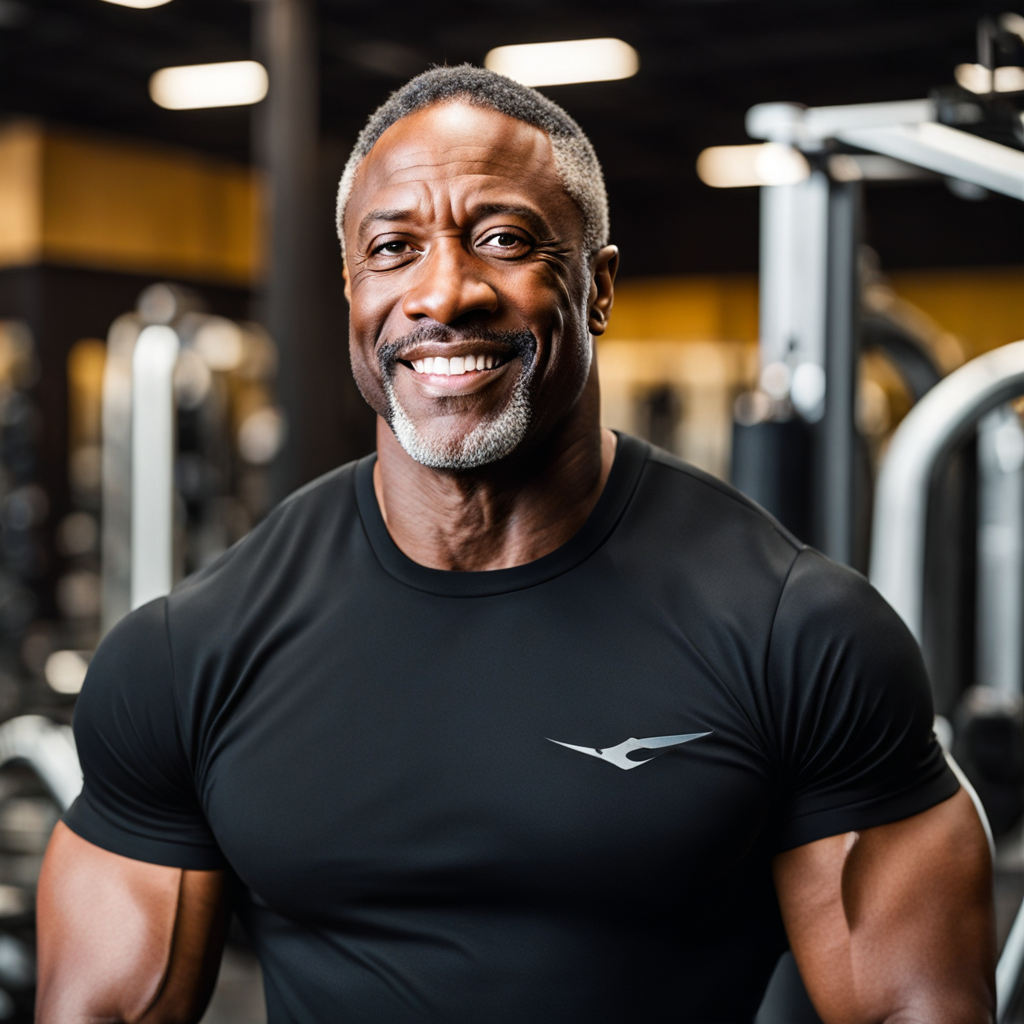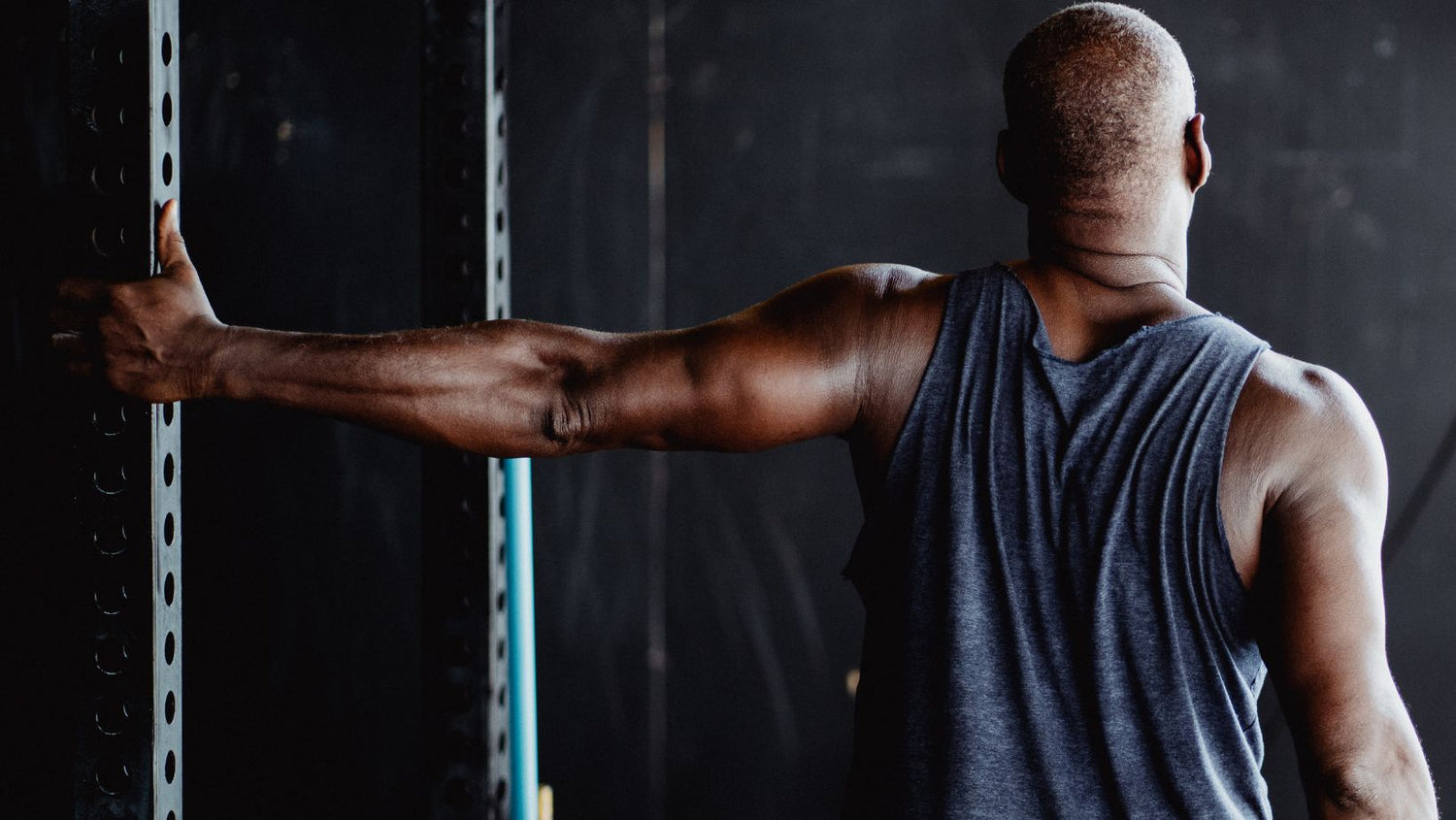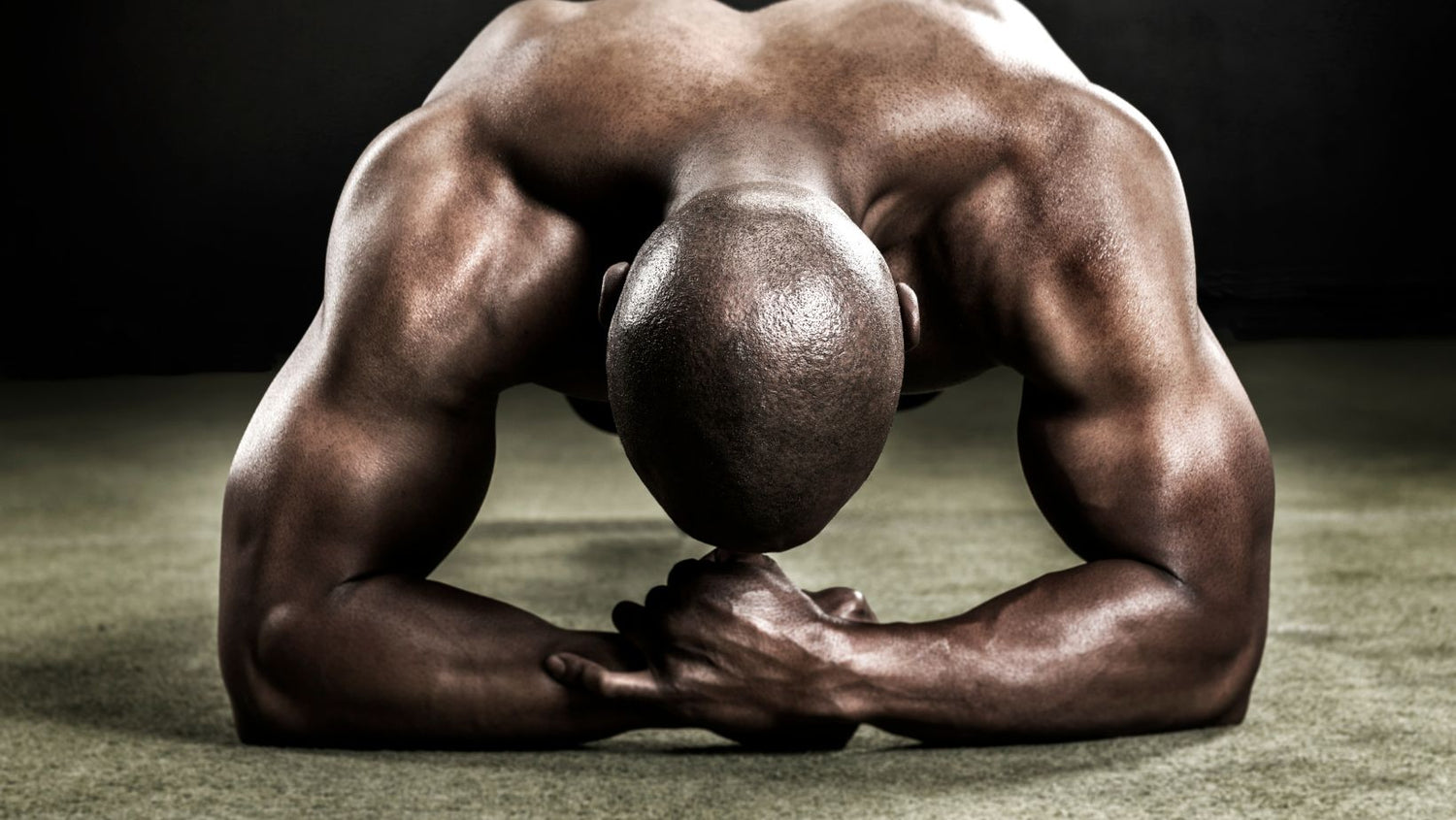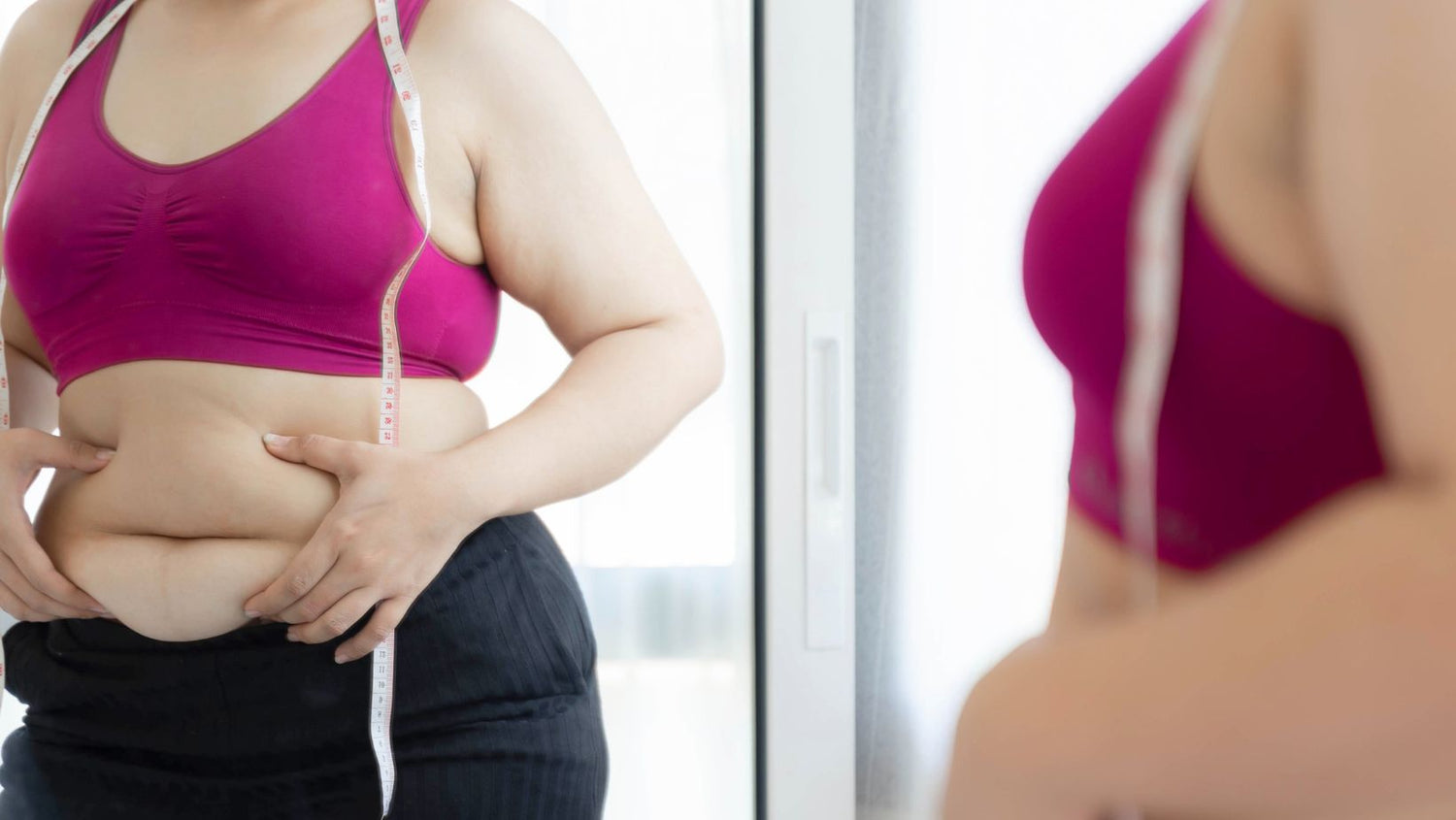If you're looking to develop well defined shoulders it's essential to target all three parts of your delts; the front (anterior) side (lateral) and rear (posterior). Often overlooked or not given attention, the rear deltoid plays a role in maintaining shoulder health, stability and overall aesthetics. It helps with pulling your arms outward rotation, which are fundamental movements for various sports and daily activities. Additionally, working on your deltoid contributes to achieving a rounded and balanced shoulder appearance that can enhance your physique.
One effective method to specifically target the deltoid is by using a device called the delt machine. This machine is sometimes referred to as the reverse fly machine or pec deck machine. It allows you to perform flyes in a controlled manner with the movement. Reverse flyes involve moving your arms from each other, activating not only the rear deltoid but also other muscles in your upper back.
In this article we will guide you on how to use the delt machine, highlight its targeted muscle groups, discuss its benefits and suggest alternative exercises if access to this particular machine isn't available.
How to Use the Rear Delt Machine
The rear delt machine might seem intimidating to beginners. There's no need to worry. When you approach a pec deck machine at the gym it may or may not already be set for a delt fly exercise. If not, don't stress out. You can easily adjust it. To specifically set up the delt machine for the delt flyers, ensure that it's adjusted to 0. This is the designated setting for your delts. The handles should be positioned directly behind the seat.
Now that you've properly configured the machine from pec fly to delt fly it's time to perform the exercise itself. Here is a step by step guide, on how to do it;
- Take a seat on the machine with your chest pressed against the pad and your feet resting flat on the floor. Make sure to adjust the seat height so that your shoulders align with the machine's pivot point.
- Hold the handles making sure your palms are facing downward. Your elbows are slightly bent. Keep your arms positioned in front of you at shoulder height.
- Take a breath. Gently bring the handles towards your ears ensuring they are aligned. As you reach the end of the movement focus on squeezing your shoulder blades and notice the tightening sensation in your deltoid and upper back muscles.
- Take a breath. Gradually move back, to the initial position making sure not to let the weight stack make contact with the ground.
- Perform the exercise as many times as you can, and ensure proper form throughout.
Rear Delt Machine Muscles Worked
The rear deltoid machine primarily targets the part of your shoulder muscle. It also engages other muscles in your upper back and shoulder area. The main muscles that are exercised by using the deltoid machine include;
- Posterior deltoid: The back region of your shoulder muscle assists in extending and externally rotating your shoulder joint.
- Trapezius: The trapezius muscle is a muscle that spans across the majority of your back and neck region. It consists of three parts; the portion, which assists in shoulder shrugging the middle portion, which aids in retracting your shoulder blade and the lower portion, which helps in depressing your shoulder blade.
- Rhomboids: These are two muscles that lie beneath your trapezius on each side of your spine. They help you retract and rotate your scapula downward.
- Infraspinatus: This muscle is part of the rotator cuff group, for stabilizing your shoulder joint. Its main function is to assist in the rotation of your shoulder joint.
- Teres minor: This muscle, referred to as the subscapularis, is situated beneath the infraspinatus. It plays a role in facilitating rotation of the shoulder joint.
Benefits of Rear Delt Machine
The rear delt machine offers advantages that can greatly enhance your shoulder workout. Let's take a look, at some of the benefits it provides;
- It isolates your rear deltoid: The machine designed for working the deltoid muscles is a way to specifically focus on that area without engaging other muscles too much. It's particularly useful for strengthening and defining this muscle, which often doesn't get attention in workouts.
- It improves your shoulder health: Reverse flyes are a tool in addressing and preventing shoulder imbalances that may result in discomfort or injury. It's common for individuals to have strong front deltoids and weaker rear deltoids due to excessive pushing exercises and poor posture. This imbalance can lead to issues like shoulder impingement, rotator cuff tears or instability. Strengthening the deltoid muscles helps restore balance, enhances shoulder function and improves mobility.
- It enhances your performance: The reverse flye machine is a tool for enhancing your abilities in sports and activities that require pulling or throwing motions. The rear deltoid plays a role in athletic movements, like rowing, swimming, climbing, baseball, tennis and golf. Strengthening this muscle group can significantly boost your strength and explosive power when performing these actions.
Rear Delt Machine Alternatives
If you don't have a delt machine at your disposal there are still exercises you can do to target your rear deltoid. You can utilize weights, cables or even your bodyweight, for these exercises. Let me provide you with some examples;
- Dumbbell reverse fly: This exercise is an one that imitates the motion of using the delt machine. To perform it hold a set of dumbbells in front of you with your palms facing inward towards each other. Gently bend your knees. Lean forward at your hips until your upper body is nearly parallel to the ground. Remember to keep your back neutral and engage your core muscles. Lift both arms outwards to the sides until they align with your shoulders then slowly lower them down, to the starting position while maintaining control.
- Cable reverse fly: Here's a modified version of the delt machine reverse fly, called the cable reverse fly. To perform it you'll need to attach a handle to each end of the cable crossover machine. Position yourself in the center of the machine with your feet spread shoulder width apart. Grip the handles with your hands crossed over each other in front of you. Keep your arms bent. Pull the handles outward until they align with your ears. Then smoothly return to the starting position while maintaining control throughout the movement.
- Face pull: This exercise targets your deltoid well as other muscles, in your upper back and rotator cuff. To perform it you'll need to attach a rope handle to the pulley of a cable machine. Stand in front of the machine with your feet spaced shoulder width apart. Grasp the rope with both hands. Pull it towards your face while keeping your elbows lifted and wide. At the end of the motion squeeze your shoulder blades. Feel the contraction in your upper back. Return to the starting position using controlled movements.
Conclusion
The rear delt machine is a tool for targeting the muscles in your back, particularly the rear deltoid. It enables you to focus on this muscle group improving both its strength and definition. Additionally, it can help address any imbalances in your shoulders that may cause discomfort or injury. Moreover, incorporating the delt machine into your training regimen can enhance your performance in activities involving pulling or throwing motions.
To incorporate the delt machine into your workout routine you can use it as part of your shoulder exercises or as a finishing exercise after working shoulder muscles. Alternatively if you don't have access to this equipment or are looking for some workout variety there are exercises you can explore.






